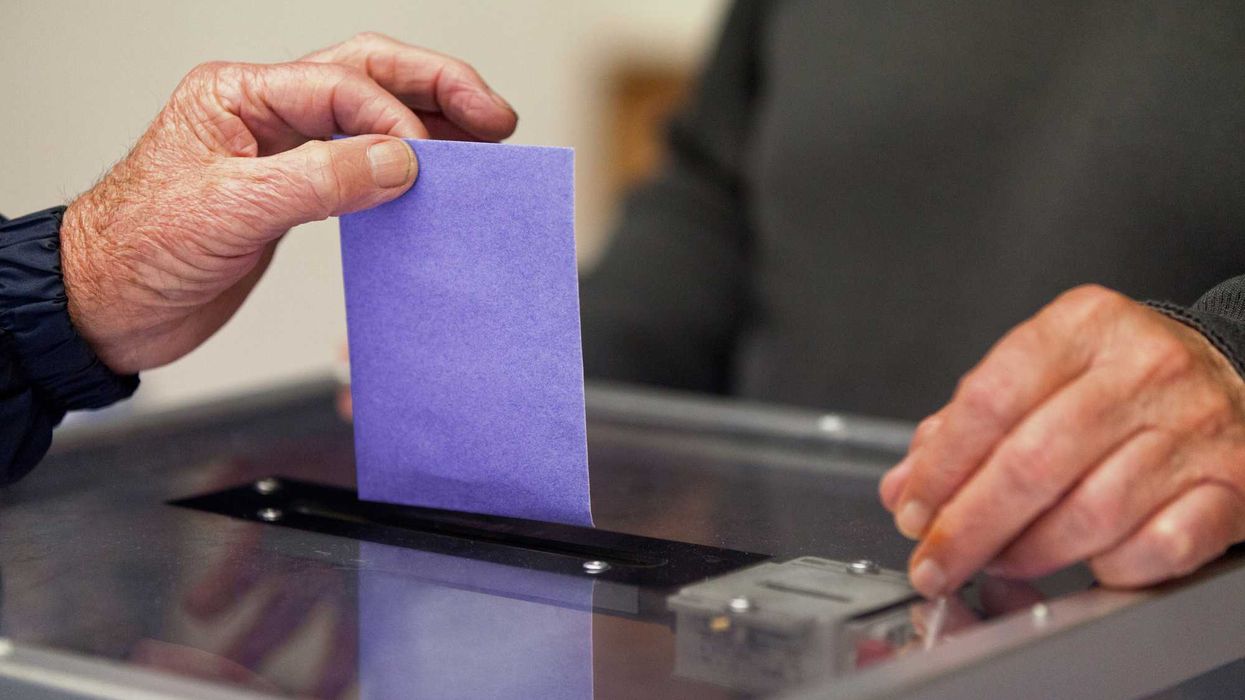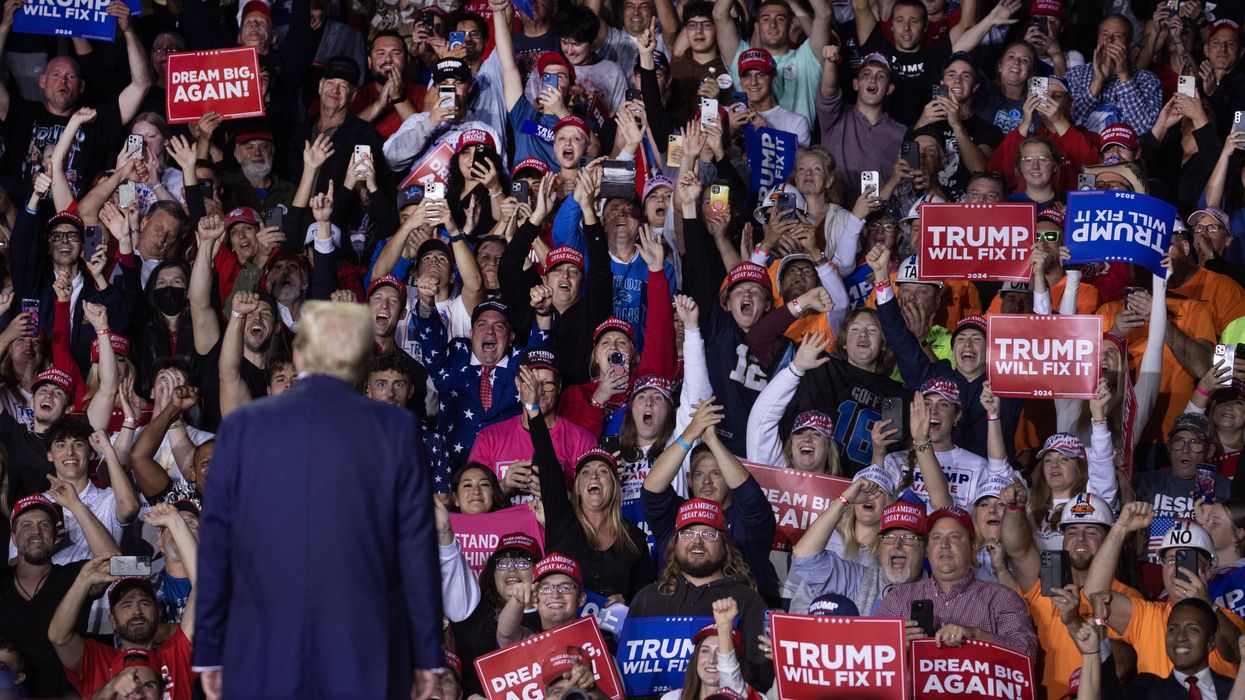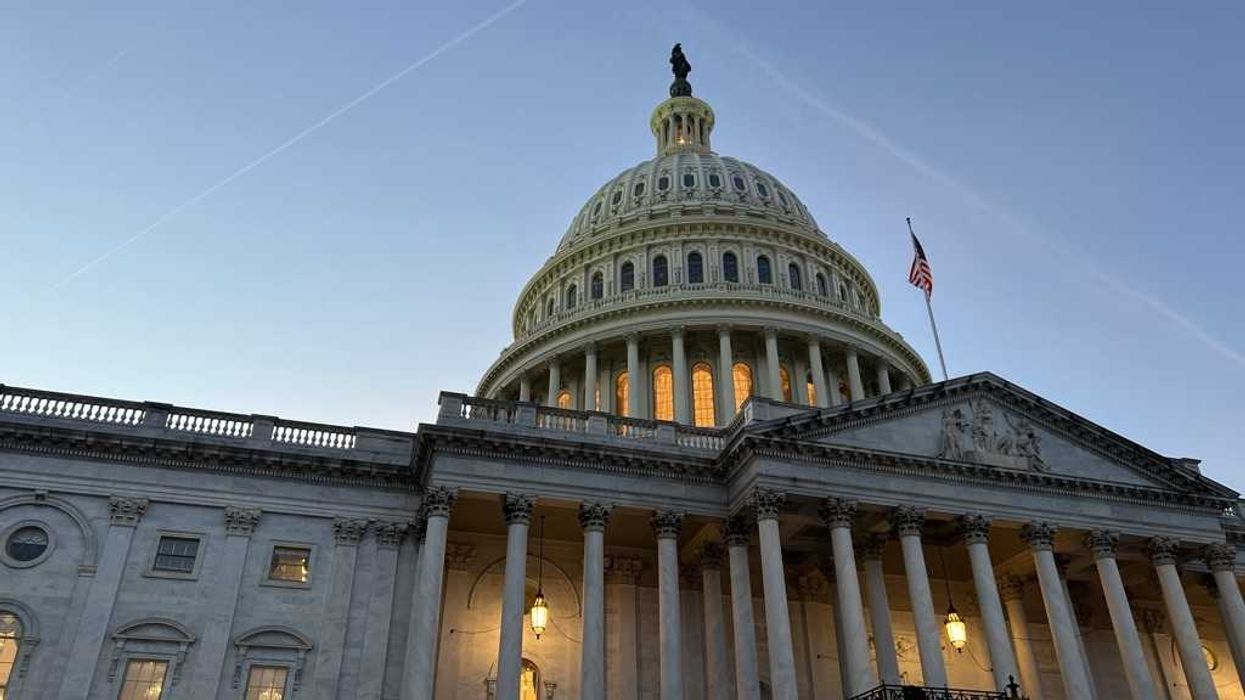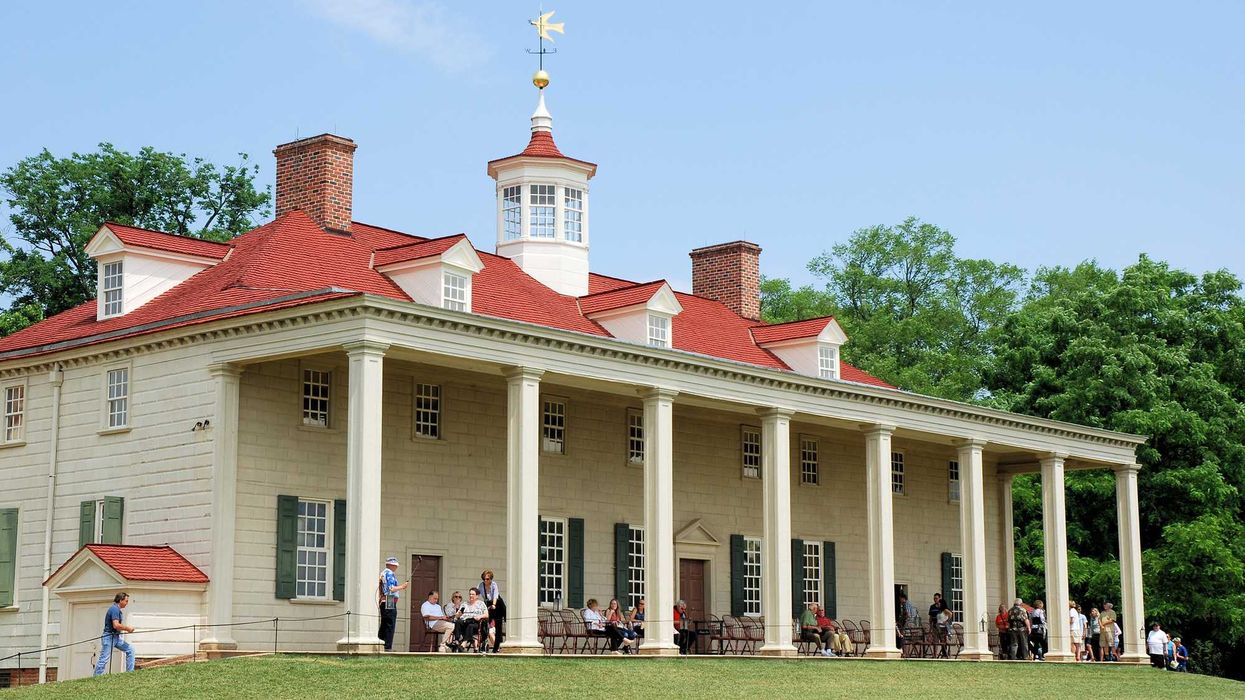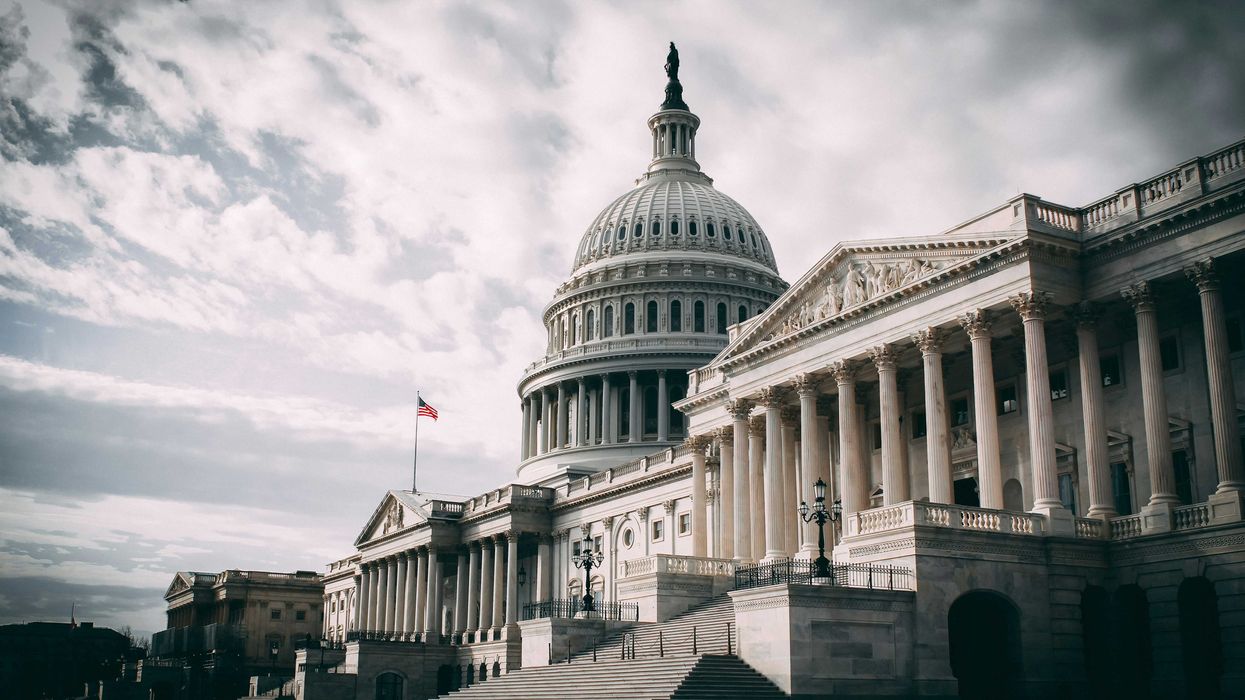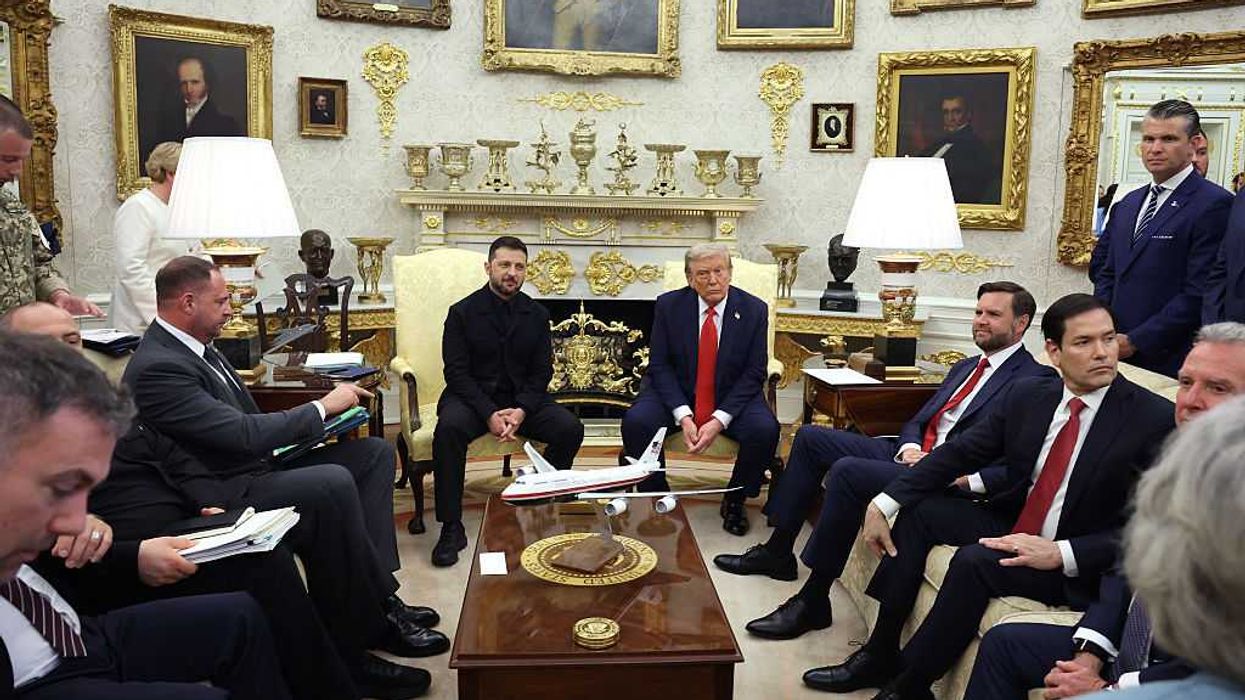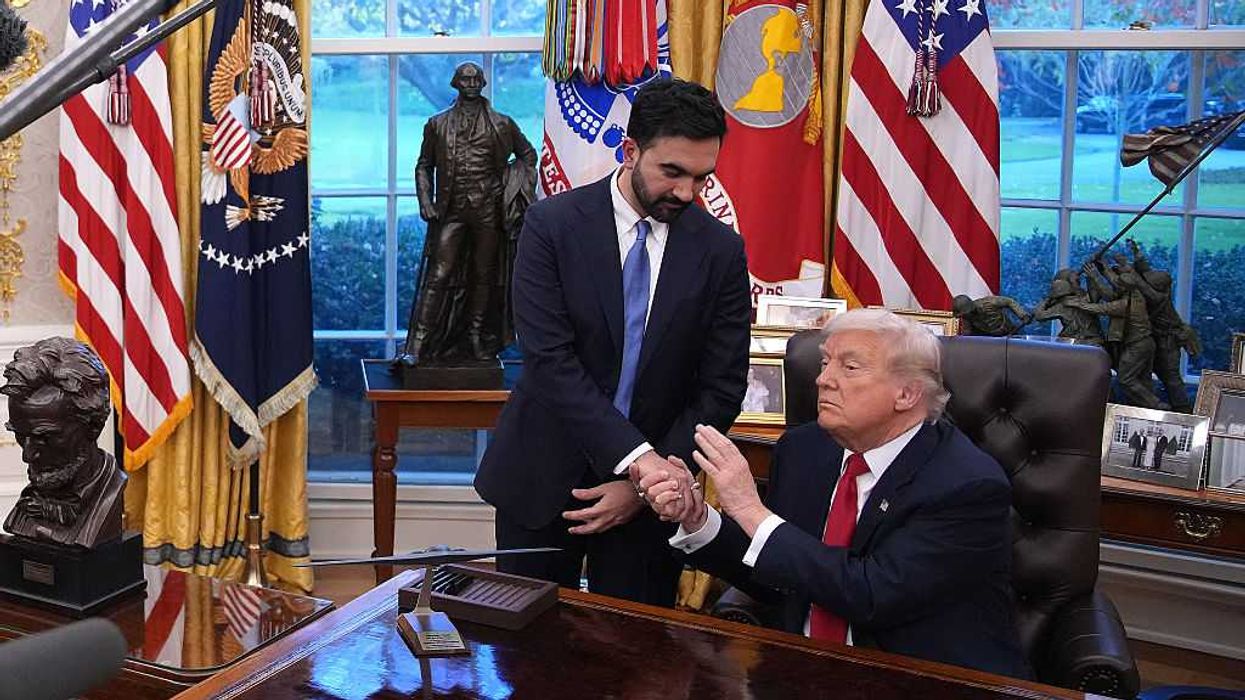Donald Trump loves to keep us guessing. This is exactly what we’re all doing as his second term in the White House begins. It’s one way he controls the narrative.
Trump’s off the cuff, unfiltered, controversial statements infuriate opponents and delight his supporters. The rest of us are left trying to figure out the difference between the shenanigans and when he’s actually serious.
At a recent news conference, Trump was in an expansionist mood, telling reporters he wants to take over Greenland, annex Canada, and return the Panama Canal to U.S. control. But is this all a part of a negotiating strategy to get something else?
For extra measure, he also declared “all hell will break out” if a deal to release Israeli hostages held by Hamas was not done before his inauguration on January 20, 2025. Both Israel and Hamas wanted to avoid finding out what his comments mean as both sides reached a ceasefire agreement within days of Trump’s threat. Now he’s getting credit for movement in negotiations that had been stalled for months.
Will the next four years be like his first administration? Yes and no. While Trump himself doesn’t appear to have changed much, apart from getting older (quite a bit older) and more experienced in the ways of Washington, his administration could be far more disciplined than the chaotic first four years.
Susie Wiles, the incoming chief of staff—Trump’s closest advisor—says backbiting and drama won’t be tolerated in this White House. Wiles is a politico pro, seen as a steady and experienced hand who played a key role in Trump’s well-run 2024 campaign. She will control information and access to the Oval Office, set the president’s daily agenda, and manage his White House staff.
Unlike the first time around, Trump’s top picks for his second term were announced very quickly. All but a few nominees are poised to win easy approval in the Republican-run Senate.
From Robert F. Kennedy Jr. at HEW and Tulsi Gabbard as director of National Intelligence to Scott Bessant at Treasury and Marco Rubio at State, the new administration will include a surprisingly broad range of opinions, from brash tech entrepreneurs and traditional corporate conservatives, to conspiracy theorists, and Make America Great Again (MAGA) populists.
Are diverse viewpoints a sign of confident strength or mere confusion and chaos? We are kept guessing and only time will tell.
While the president-to-be and his loudmouth MAGA allies have cowered all but a handful of Republicans in Congress, the Trump coalition is already facing a bitter split over immigration. Elon Musk, Vivek Ramaswamy, and the big business wing of the Republican Party think that admitting more skilled immigrants, including brainy scientists and technology wizards, would be good for business innovation and the economy. Trump’s hardcore populist supporters want to shut the door on newcomers. So far, Trump seems to be siding with Musk.
We know that many will be angered by what Trump does, but exactly who he surprises and who he offends is almost impossible to predict. Despite what you may read from ever-confident pundits online or in the columns of your favorite newspaper, we’re all guessing. Perhaps that is all part of Trump's negotiating strategy.
In a best-case scenario, a second Trump administration will boost growth, reduce undocumented immigration in an orderly way, manage China, and broker a ceasefire in Ukraine. But the worst case would include an assault on democratic norms and trust in public institutions, along with more political polarization and violence in the streets. Under Trump, the U.S. may help Putin and America’s adversaries by turning its back on long-time allies, undermining NATO and Ukraine, and getting into a full-on trade war with China, leading to higher inflation and an economic crisis.
The possible outcomes range from exhilarating to deeply alarming.
For almost a decade Donald Trump and his MAGA movement have been banging at the gates of power, challenging the elite, and ridiculing the government. And now there's a chance to prove they can go from complaining about the problem to implementing solutions.
Now he’s in charge. It’s his show. His supporters are the new establishment.
So this question for the next leader of the free world: Will you lift up more than you tear down? We’re still guessing what the outcomes will be.
Richard Davies is a podcast consultant, host, and solutions journalist at daviescontent.com.







